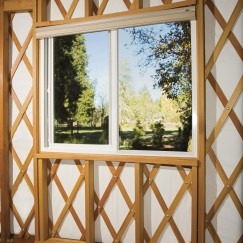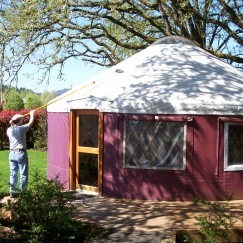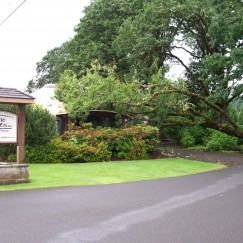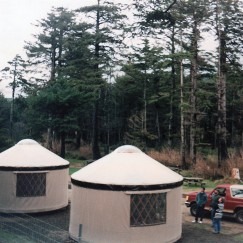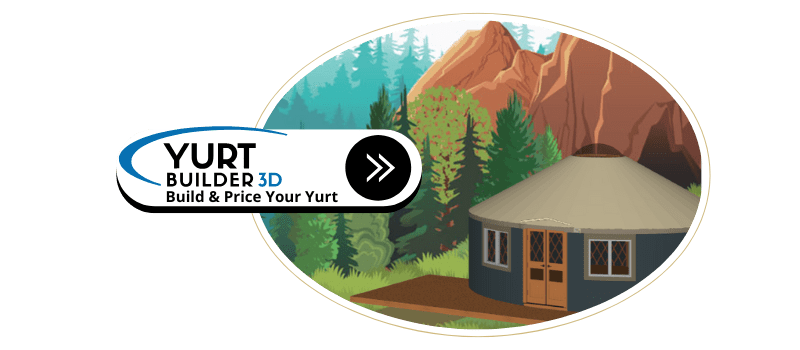From Glamping Tents to Yurts: Upgrading for Durability and ROI
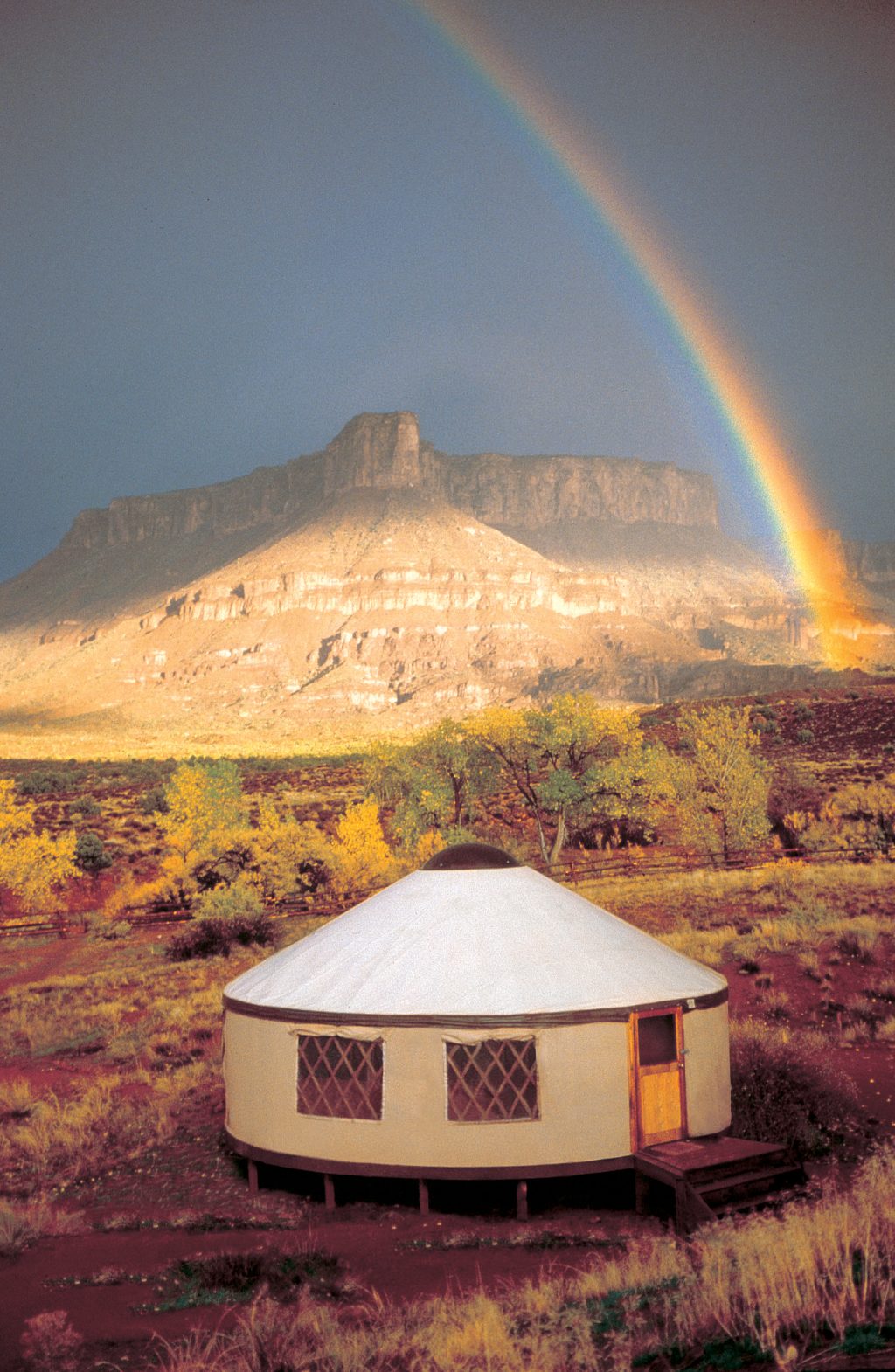
Glamping tents are a great way to test an idea.
At some point, though, fabric wear, weather limits, and constant upkeep start to eat into both time and profit. That is usually when owners begin asking a simple question:
Is it time to upgrade to something more permanent, without going all the way to cabins?
For many glamping businesses, that “something” is a yurt.
Pacific Yurts describes their structures as solid, weather-tight, and a low-cost alternative to permanent buildings that still deliver all-weather comfort and strong guest appeal. Here is how upgrading from basic glamping tents to yurts can improve durability and return on investment.
Where Glamping Tents Fall Short Over Time
Most basic glamping tents are built around lighter fabrics and simpler frames. In the first season or two, this is fine. As the years go by, sun, wind, and heavy rain start to break down the fabric. Zippers fail, stitching loosens, and covers need patching or full replacement. In cooler or windier climates, tents also limit your booking window. You end up closing earlier in the fall, opening later in the spring, and worrying about every storm that rolls through.
All of this quietly adds cost. You spend more time on repairs, lose nights to bad weather, and replace structures sooner than you expected.
What You Gain By Upgrading To Yurts
A Pacific Yurt is built more like a permanent structure than a tent.
- The frame is engineered from kiln-dried Douglas fir and uses a lattice wall, tension cable, and rafter system designed to handle real snow and wind loads when matched to the site. Pacific Yurts -+1
- Exterior roof and wall fabrics are architectural-grade materials chosen for strength, mildew resistance, and ease of cleaning.
- The average life of standard covers is about 10 to 12 years, and the premium top cover carries a 15 year material warranty and often lasts even longer.
With insulation, heating or cooling, and optional snow or wind kits, yurts can stay comfortable in far more conditions than most tents. That is what allows many parks, resorts, and private properties to run yurt units year-round instead of limiting them to fair weather.
How Durability Translates Into ROI
Durability only matters if it improves the numbers. For yurts, it usually does.
Pacific Yurts highlights several revenue advantages in their business materials:
- Yurts are popular, memorable lodging that keeps occupancy high and brings guests back.
- Existing tent sites can be upgraded to yurts for more profit, without the cost of full cabins.
- Hipcamp reports that hosts who list a Pacific Yurt on the platform earn an additional $10,000 per year on average, with some hosts earning more than $20,000 in their first eight months. Pacific Yurts –
On the cost side, the longer service life of the covers and the robust wood frame reduce how often you need to replace structures. Maintenance is straightforward: regular cleaning with mild soap and water, plus basic care of the wood door and dome, is usually enough to keep the yurt in good shape for many years. Pacific Yurts -+1
More seasons of use, higher nightly rates, and lower replacement frequency are what turn a higher upfront price into a better long-term return.
Maintenance: Less Scramble, More Routine
Glamping tents often demand urgent fixes after storms or intense use. Yurts, in contrast, tend to reward steady, predictable maintenance.
Pacific Yurts recommends:
- Cleaning vinyl and polyester covers about twice a year with mild soap and warm water
- Keeping fabrics free of debris and mildew so they reach their full life expectancy
- Inspecting covers and hardware regularly so small issues are handled before they affect guests
This kind of routine care is far easier to schedule around bookings than sudden tent repairs or mid-season replacements.
A Practical Upgrade Path
Upgrading does not have to be all or nothing. Many operators start by converting just a few of their strongest tent sites into yurts. These become their “all weather” or “premium” units, with solid floors, real beds, and simple but thoughtful interiors.
Over one or two seasons, they watch how those yurts behave: which months they stay booked, how guests review them, and how their total income compares to the tent sites they replaced. Because yurts are designed to be relocatable, you can adjust placement as you learn more without losing your investment. If demand is strong, it is straightforward to add more units or retire older tents as they wear out.be relocatable, you can adjust placement and mix over time while keeping your core investment intact.
Are Yurts Worth the Upgrade?
If you are already running basic glamping tents and seeing wear, weather issues, or limited seasons, upgrading to yurts is worth serious consideration. The upfront cost is higher than a canvas tent, but the math shifts when you look at:
- Longer cover life and a frame that can last as long as other wood structures
- The ability to offer four-season or extended-season stays
- Higher guest confidence, stronger reviews, and better nightly rates
- Proven revenue performance for operators using yurts in real glamping businesses
In short: sturdy, well-built structures cost more on day one, but they tend to make more and last longer.
For glamping businesses ready to move from “nice tents” to something built for the long haul, yurts are a natural next step.


